The granite countertops gleamed. The hardwood floors were pristine. Yet Sarah’s house sat on the market for six months. Why? Her beloved conversation pit from the 1970s.
Most sellers think they know what turns buyers away. Dirty carpets. Peeling paint. Bad smells. But real estate agents see different problems. The home features that turn buyers away aren’t always obvious.
You might be fixing the wrong things. While you’re updating kitchen cabinets, buyers are walking away because of your carpeted bathroom. Or your too-open floor plan. Or that recording studio you’re so proud of.
We asked 50+ real estate agents about their biggest real estate deal breakers. Their answers will surprise you. Some problems cost $50 to fix. Others mean big renovations. But knowing what buyers don’t want can save your sale.
Here’s what they told us.

Outdated Design Elements That Scream “Money Pit”
Your home might look clean and updated. But certain features make buyers think “expensive problems ahead.” These outdated home features signal big repair bills to buyers.
Popcorn ceilings top the list. 78% of agents say popcorn ceilings are immediate red flags. Buyers see them and think asbestos. They think scraping costs. They think mess and contractors.
Conversation pits sound fun. Buyers don’t agree. Homes with conversation pits stay on market 40% longer. They see a tripping hazard. They see weird furniture shopping. They see expensive renovation.
Built-in entertainment centers scream 1990s. Your massive oak unit for the tube TV? Buyers see wasted space. They see demo day. They see why your house feels so cramped.
Carpet in bathrooms and kitchens makes buyers cringe. They think mold. They think smells that won’t go away. They think ripping everything out on day one.
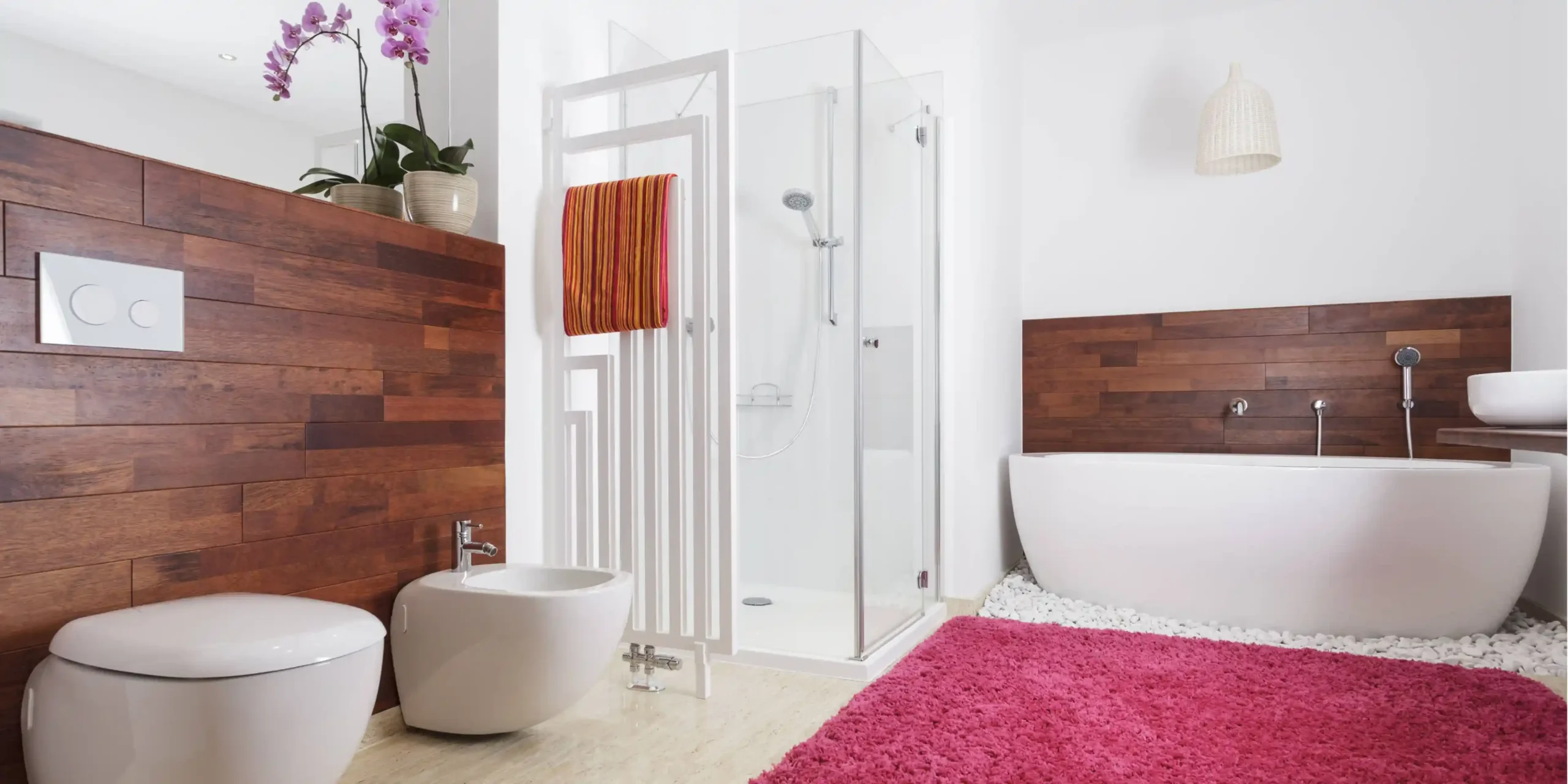
Mirrored walls and ceiling fans in every room complete the time warp. Buyers feel like they’re touring a hotel from 1985. These home selling mistakes cost you showings.
Want to fix these problems? Start with the ceiling fans. Remove half of them. Paint over mirrors. Price out popcorn ceiling removal. Small changes signal you care about updates.
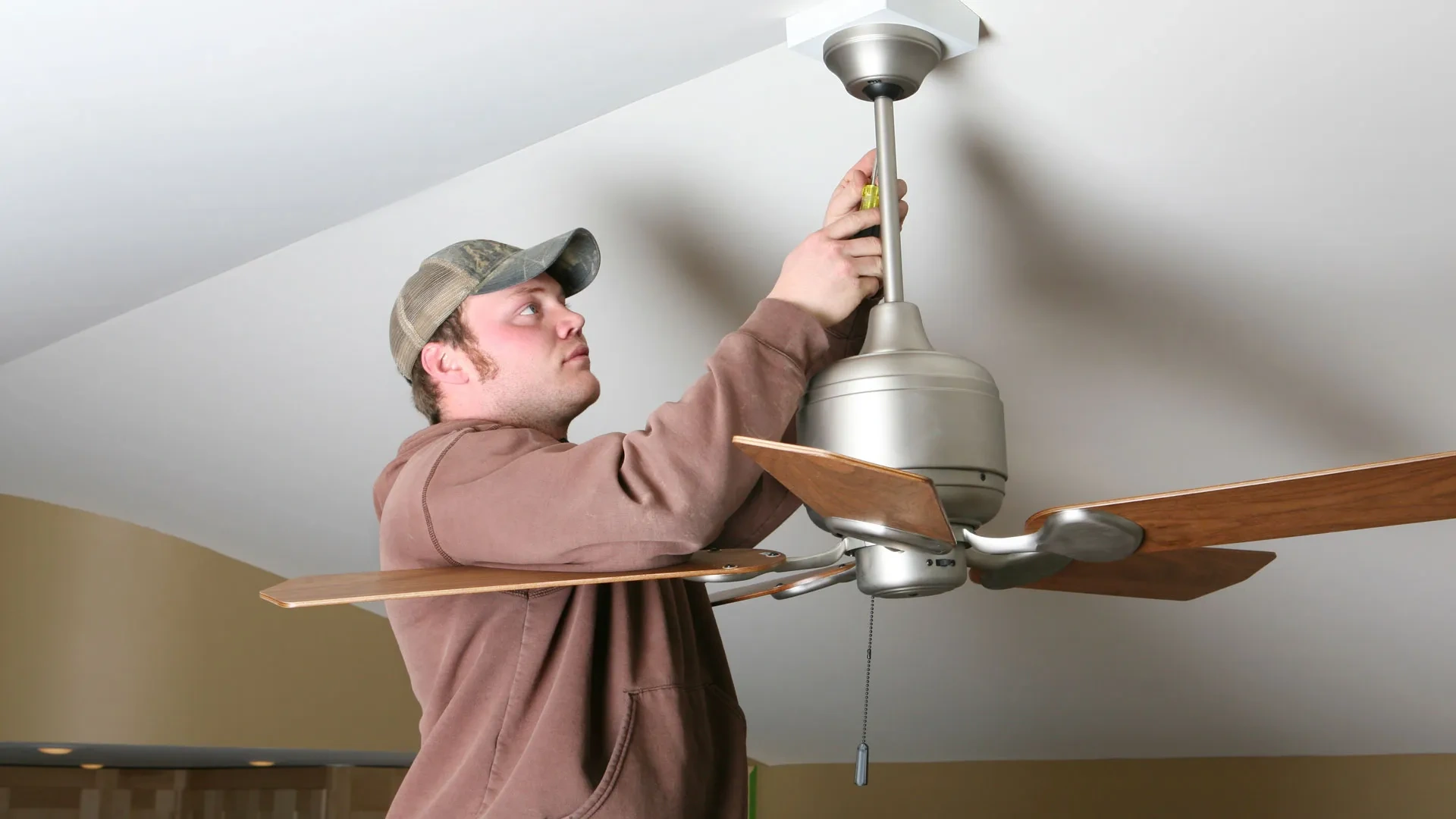
Layout Problems That Make Buyers Run
Your house might be spotless. But if the layout feels wrong, buyers will leave fast. These home layout problems are major real estate deal breakers.
Choppy floor plans with tiny rooms make homes feel cramped. Buyers want to see their furniture fitting. They want to picture family dinners and game nights. Small, closed-off rooms kill those dreams.

No powder room on the main floor is a huge problem. Guests using your master bathroom? Buyers hate that idea. They see awkward dinner parties and embarrassed visitors.
Bedrooms you reach through other bedrooms make buyers cringe. They think about privacy. They think about tiptoeing around sleeping kids. They think about resale nightmares down the road.
Kitchens cut off from living spaces feel outdated. Modern families want open cooking and talking. They want to watch kids while making dinner. Isolated kitchens feel lonely and impractical.
“I’ve seen buyers walk out after five minutes because they couldn’t figure out the flow,” says Miami agent Sarah Chen. “If you have to walk through three rooms to get from the front door to the kitchen, that’s a problem.”
Single bathrooms in homes over 1,200 square feet create morning chaos. Buyers with families need space and privacy.
The Personalization Trap: When Custom Becomes Costly
You love your home’s unique touches. Buyers see expensive problems. 65% of agents report losing buyers due to “too personalized” spaces. Your custom features become home features that turn buyers away.
Recording studios sound cool. But buyers see soundproofing they’ll never use. They see equipment mounts in weird places. They see expensive demo work to make it a normal room again.
Religious or political décor can’t hide during showings. Built-in crosses or political murals make buyers uncomfortable. They worry about neighborhood opinions. They think about costly removal and repainting.
Bright purple bedrooms and lime green bathrooms kill deals fast. Buyers can’t see past bold colors. They add paint costs to their mental budget. They worry about what other “creative” choices you made.
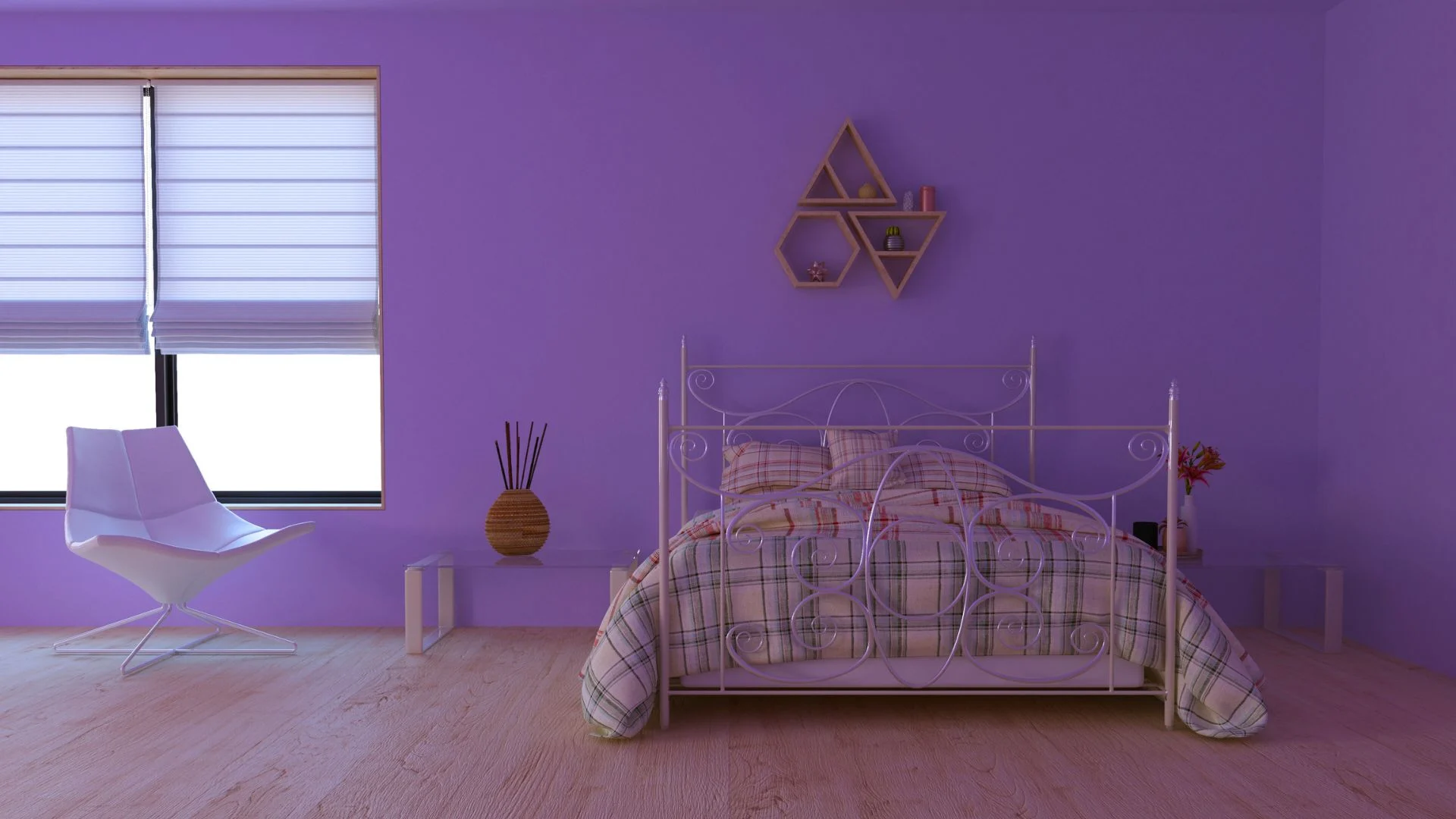
Custom murals and hand-painted walls look expensive to fix. Buyers see primer costs. They see multiple paint coats. They see weekend projects they don’t want.
Swimming pools in cold climates become money pits. Buyers think maintenance costs. They think liability insurance. They think about filling it in or expensive upkeep.
These over-personalized homes scare away buyers who want move-in ready. Before listing, walk through with fresh eyes. Ask friends what feels too specific to your taste.
Location and Lot Issues You Can’t Always Fix
Some problems you can’t paint over. These property location problems are permanent real estate deal breakers.
Busy street frontage kills family dreams. Buyers hear trucks at 6 AM. They see kids unable to play outside safely. They worry about resale value forever.

Backing up to gas stations or strip malls means noise and smells. Buyers think about delivery trucks and late-night lights. They see property values staying flat.
Weird lot shapes and steep slopes cost big money to fix. Buyers see drainage problems. They think about expensive landscaping and retaining walls. They worry about foundation issues.
No parking or just one spot frustrates modern families. Buyers see street parking fights. They think about guests having nowhere to park.
“You can add a fence for privacy, but you can’t move a highway,” says Denver agent Mike Torres. “Some location issues are fixable with landscaping or soundproofing. Others mean pricing lower and finding the right buyer who doesn’t mind the trade-offs.”
Price these homes below comparable properties. Market them to buyers who prioritize other features over perfect location.
Quick Fixes vs. Major Overhauls: What You Can Actually Control
You can’t fix everything. But smart updates prevent home selling mistakes. Focus on changes that give you the biggest return when preparing home for sale.
Simple fixes make huge differences. Fresh paint costs $200 but adds thousands in perceived value. New cabinet hardware for $150 makes kitchens look updated. Clean grout for $50 makes bathrooms sparkle.
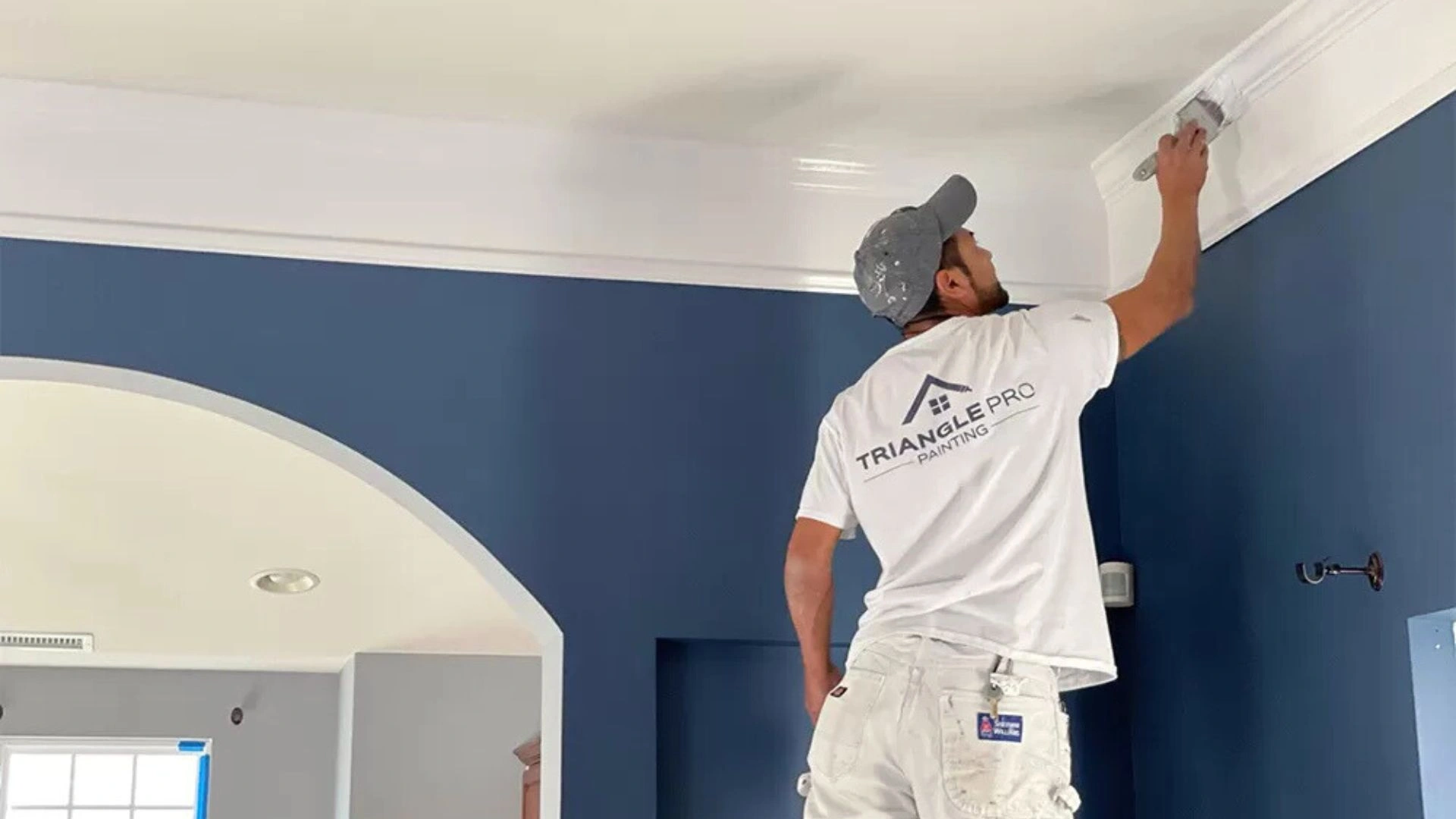
Major overhauls rarely pay off before selling. That $30,000 kitchen remodel? You’ll get back $18,000. Save big projects for your next home.
Stage around problems you can’t fix. Hide conversation pits with furniture arrangements. Use lamps to brighten dark corners. Rent modern furniture to distract from outdated features.
10 Quick Fixes Under $500
- Paint over bold-colored walls with neutral shades ($200)
- Swap out old light fixtures for fresh ones ($300)
- Add outdoor lighting to boost curb appeal ($250)
- Repair squeaky doors ($100)
- Get carpets cleaned by a professional ($400)
- Replace outdated bathroom mirrors ($200)
- Plant flowers to brighten your front yard ($150)
- Change old outlet covers for new ones ($75)
- Install basic closet organizers ($300)
- Steam clean dirty tile grout ($50)
What Buyers Actually Want Instead
Stop guessing what sells homes. Here’s what buyers want in homes based on real market data.
Open, flexible spaces top every wishlist. Buyers want rooms that work for family dinners and home offices. They want spaces that grow with their needs. They want walls they can see through but not hear through.
Updated kitchens and bathrooms sell homes fastest. Recent surveys show 89% of buyers won’t consider homes with outdated kitchens. Clean, working spaces matter more than luxury finishes.
Good natural light beats expensive fixtures every time. Buyers walk into bright rooms and feel happy. They see lower electric bills. They picture plants thriving and kids playing.
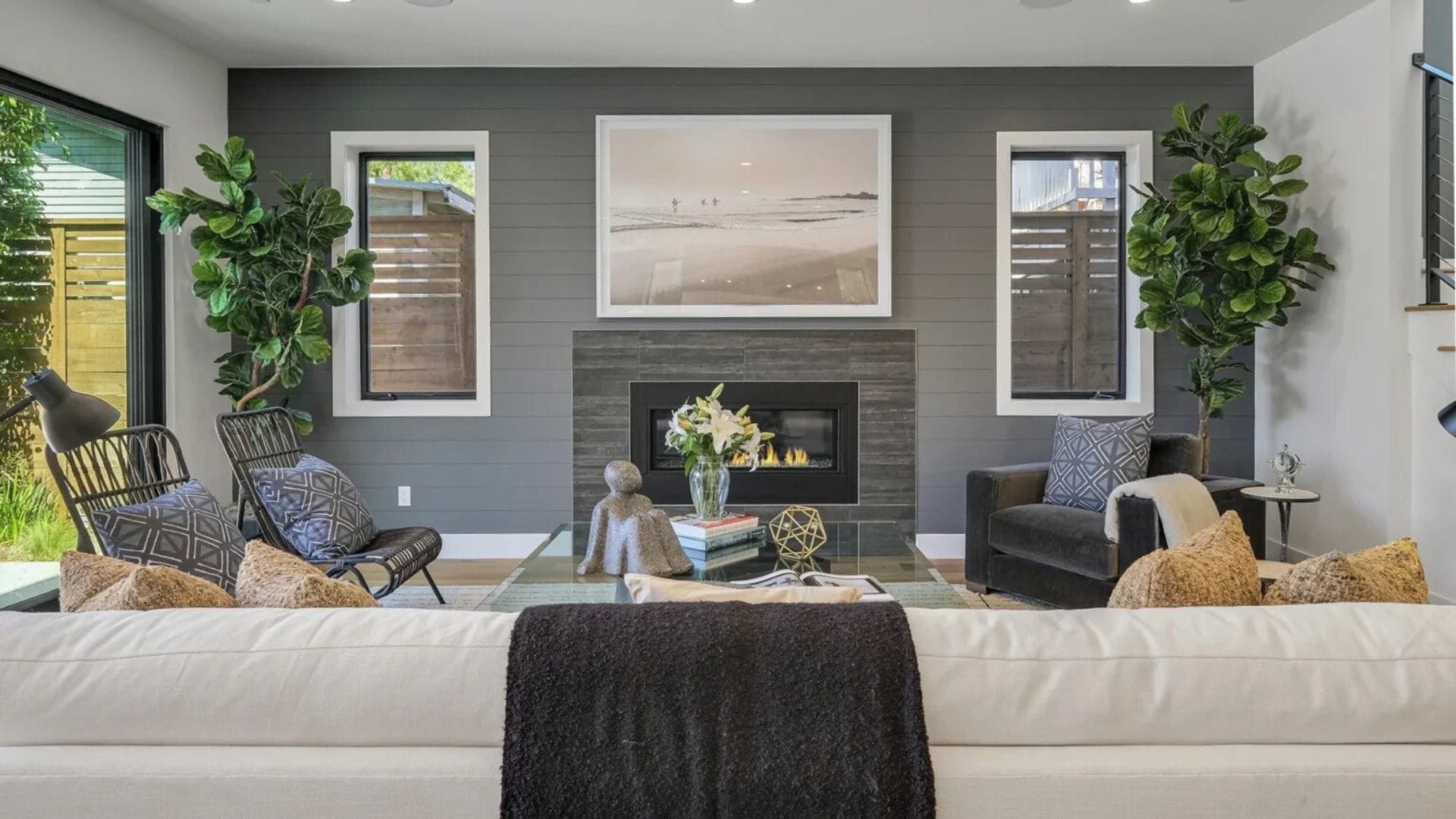
Storage solutions are home features buyers love. Walk-in closets, pantries, and built-in organizers add real value. Buyers see their stuff fitting without clutter.
Move-in ready condition wins over fixer-uppers. Today’s buyers want keys and furniture delivery. They want problems already solved. Market research shows 76% prefer paying more for homes needing zero work.
Focus your energy on these buyer priorities.
Final Thought;
The most shocking home features that turn buyers away aren’t broken things. They’re personal choices that seemed smart at the time. Conversation pits. Purple walls. Too-smart homes.
Smart preparation prevents these problems. Small fixes often work better than big renovations. Fresh paint beats fancy gadgets every time.

Before listing your home, walk through each room with this checklist and consider getting a pre-listing inspection to catch issues early. Look for deal-breakers with fresh eyes. Ask friends what feels weird or outdated.
Your successful home sale starts with seeing your house like buyers do.

